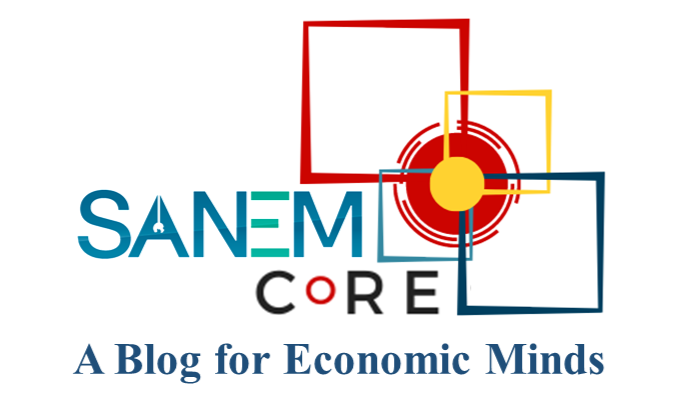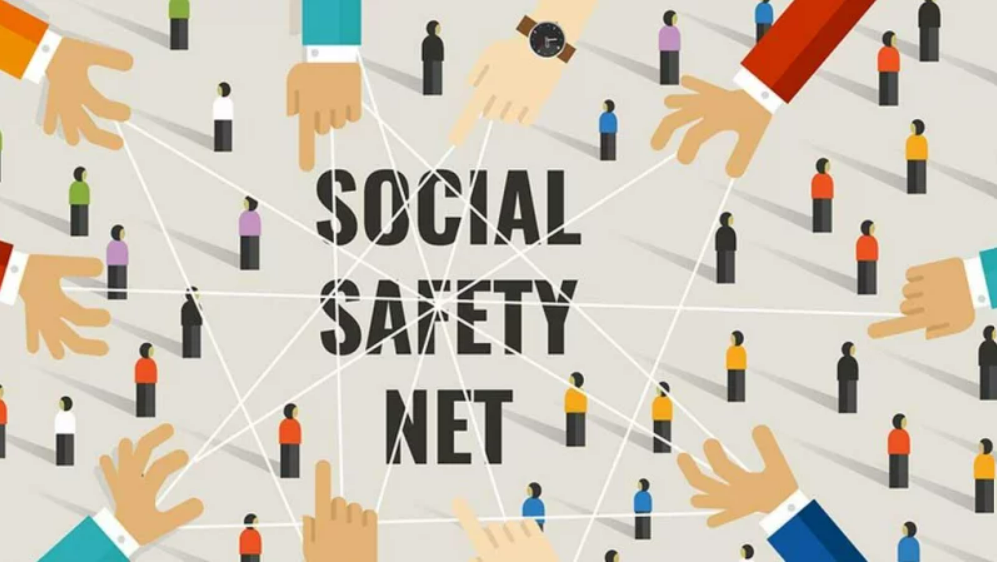After the recent large-scale protest, Bangladesh is at a turning point in its history and is ready for a significant change in the country. At this critical juncture, social reforms will be the foundation of true progress promoting sustainable growth and raising citizens’ standards of living will require social reform. The three main social pillars of health, education, and social safety net should be the core of the new Bangladesh. However, in recent years, Bangladesh has not placed a strong emphasis on sectors such as education and health. In terms of budget allocation, the health and education sectors are not even in the top three.
Education sector:
The foundation of any country’s development is its educational system, serving as the foundation for social development, political stability, and economic sustainability. Although there has been a noticeable increase in primary school enrollment, issues such as unequal access to high-quality education persist. According to the National Student Assessment 2017, students in grades 3 and 5 have poor reading and math performance. The problem stems from a lack of quality teaching and a national curriculum, with teachers, particularly in rural areas, frequently lacking the necessary training and compensation, curbing their motivation and effectiveness. Moreover, limited funding for research, political sway over academic appointments, and a mismatch between academic fields and job markets are all shortcomings confronting higher education. Furthermore, the financial allocation severely falters in terms of strategic planning. The budget share of education has been around 2 percent of the GDP for several years. To make the system adaptable to the needs of the twenty-first century, these problems need to be resolved.
Therefore, policy changes should prioritize raising teaching standards through better teacher recruitment and training, especially in rural settings. Moreover, the curriculum needs careful planning and implementation support, as well as alignment with labour market demands. Funding for primary education should be increased and the focus should be given to improve quality rather than just infrastructure. Furthermore, higher education requires more finance and less political intervention to foster research and innovation. Finally, measures like focused tutoring programs and blended learning models are crucial to make up for the learning deficits caused by COVID-19.
Health Sector:
Despite noticeable improvements in health outcomes, Bangladesh’s healthcare sector faces significant challenges such as high out-of-pocket expenditure, insufficient medical equipment, a lack of medical service providers, limited public health facilities, a lack of accountability, disparities in access to care, and insufficient funding. In addition, healthcare funding in Bangladesh has been significantly lower for years, trailing behind neighbouring countries like India and Nepal, according to the World Health Organization. In 2020, Bangladesh’s health expenditure accounted for just 2.30% of its GDP, compared to 3.50% in India, 5.80% in Nepal, and 3.80% in Sri Lanka (Health Economics Unit, 2020). Per capita medical spending in Bangladesh is $58, far below the WHO’s recommended $88 for basic healthcare. Only 17% of healthcare costs are covered by government funding; 74% are out-of-pocket expenditures. Approximately half of all health-related development projects focus on the construction of hospital clinics, with the remainder focusing on research, efficiency improvement, and service automation. Moreover, the Demographic and Health Survey, 2022, revealed that 24% of children under five are stunted, 22% are underweight, and 11% are wasted.
Raising healthcare practitioners’ pay and tying financial rewards to public sector success are two important changes for Bangladesh’s health system that would reduce dual practice and enhance service quality. For greater access to healthcare, health insurance coverage, which presently covers fewer than 1% of the population needs to be expanded. Moreover, to simplify patient administration, a Health Card System should be launched as soon as possible, together with an easily available database of medical experts. A bottom-up strategy for nutrition-related budgets and nutritional mapping at the household level is needed to combat malnutrition. In conclusion, expediting the shift to digital health via quality control, accreditation, and public-private partnerships is essential for updating healthcare services.
Social Safety Net:
Budget mismanagement and inadequate coverage are two major problems with social safety. Apart from pensions, interest on National Savings Certificates, and agricultural subsidies, the social safety net’s provision for the 2024–25 fiscal year amounts to 0.9 percent of the national budget and 1.32% of GDP. 46% of the entire social protection budget is allocated to agricultural subsidies, National Savings Certificate interest, and pensions for government officials. According to a recent ILO survey, 91.3% of Bangladeshis do not have access to any kind of social protection. The selection of suitable beneficiaries is a further challenge for the National Social Security Strategy (NSSS).
To overcome the growing coverage gaps, especially for vulnerable populations, Bangladesh’s social safety net system has to be reformed. The social safety net budget remains below the NSSS target of 3% of GDP. The government should commit to increasing the social safety net budget to at least 3% of GDP. Implementation is further hampered by the absence of an extensive register system. Monitoring and targeting inefficiencies are exacerbated by the National Household Database (NHD), which was started with assistance from the World Bank but is now out of date and incomplete. Furthermore, the continuous dependence on the 2013 recipient selection criteria reduces flexibility to changing demographic and income trends. Urban poverty is increasing as a result of changing demographics, yet existing programs fail to perform a good enough job of addressing it, leaving substantial discrepancies in the support that urban poor people receive. The government needs to formulate focused programs for the urban poor, up-to-date beneficiary selection criteria, and expand the budget for the social safety net to increase effectiveness.
Therefore, Bangladesh should prioritize these three fundamental pillars and undertake extensive reforms in healthcare, education, and social safety net to guarantee a just and equitable society and stimulate inclusive development.
This Article was first published in the October, 2024 edition of the Thinking Aloud.




RECENT COMMENTS